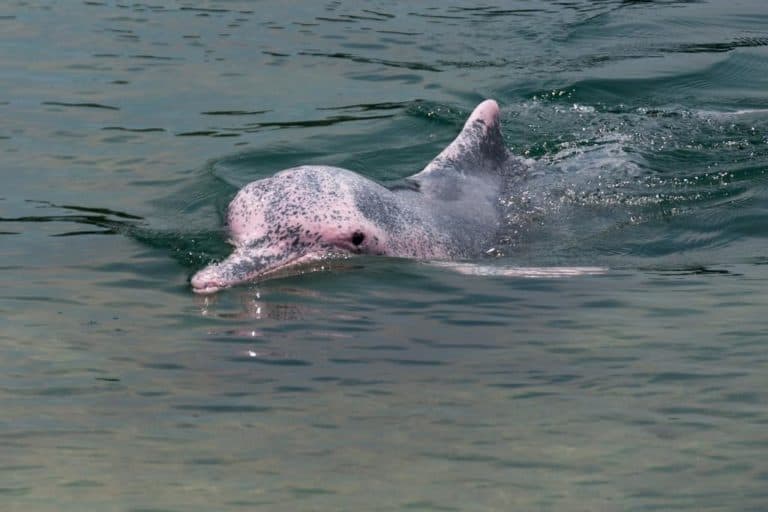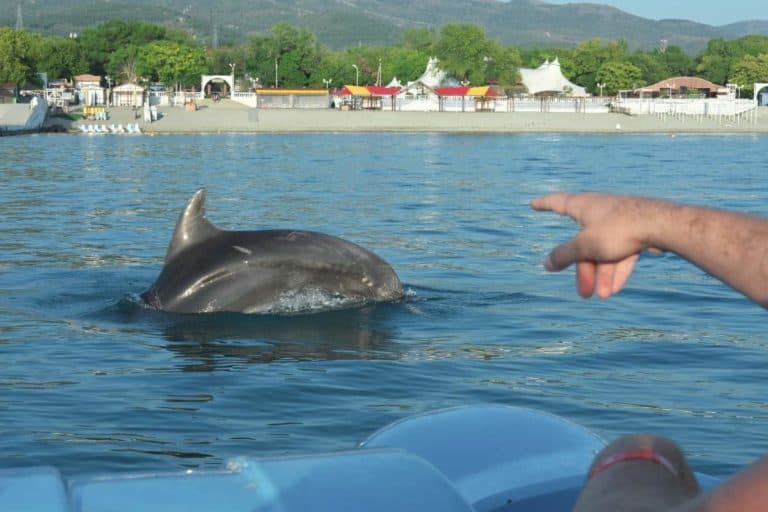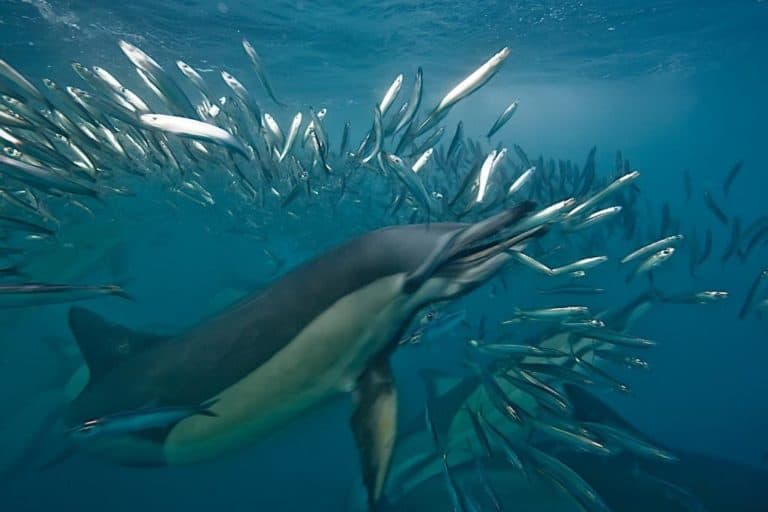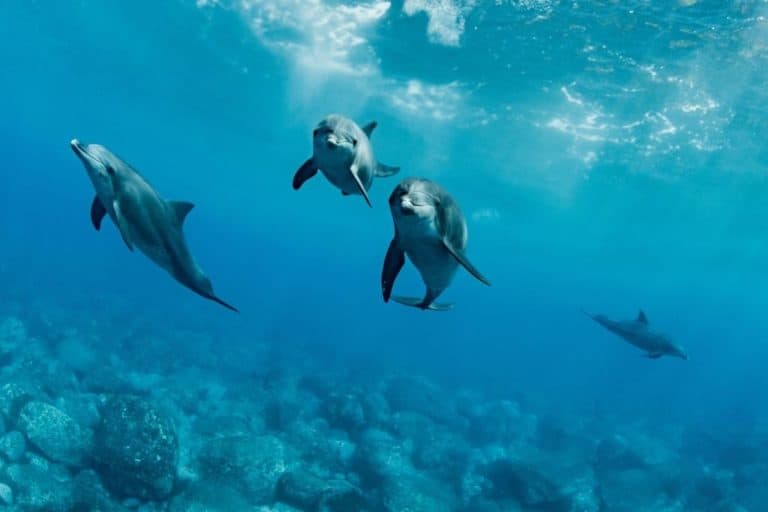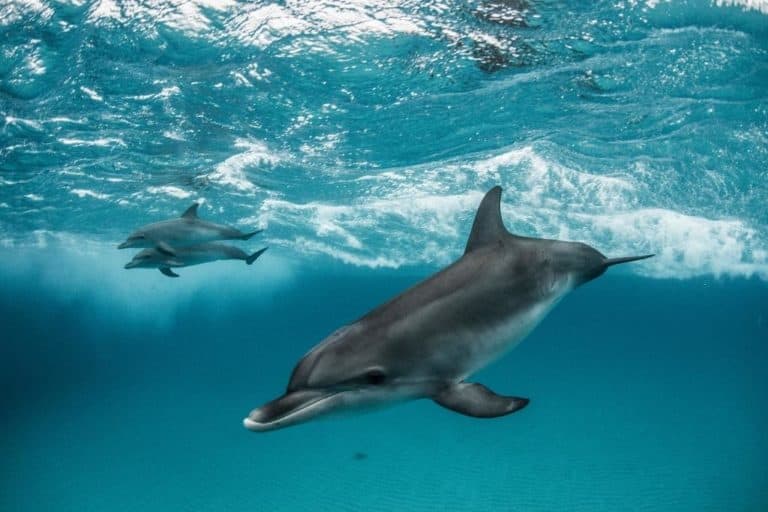Do Orca Whales eat Humans? The Truth About Killer Whales
Orcas, also known as killer whales, are notorious for their aggressive behavior and colossal size.
However, there have been no documented cases of orcas attacking humans in the wild. In fact, orcas are generally shy and gentle creatures.
So why do they have such a fearsome reputation?
- One reason may be that orcas sit at the top of the food chain.
- Another reason may be their size; orcas can grow up to 32 feet long and weigh up to 22,000 pounds.
- Orcas also have a diverse diet, eating everything from squid to seals.
So while it is technically possible for an orca to eat a human, it is improbable that they would ever do so.
Why do orcas don’t attack humans?

Orcas are apex predators, meaning they are at the top of the food chain and have little to fear from other animals. In fact, orcas are known to hunt large prey such as sharks and whales.
So why don’t they attack humans?
There are a few possible explanations.
- Orcas may simply not see humans as food. While we might look like a tasty treat to a bear or a lion, orcas mainly eat fish, and we don’t look very appetizing.
- Orcas have a close-knit social structure, and they generally only attack other animals if they perceive them as a threat to their family or pod.
- Orcas are intelligent creatures and have been known to show signs of empathy and compassion. They are also capable of forming long-term bonds with other orcas, as well as with humans.
So it’s likely that orcas see us as more similar to them than we realize, and they don’t see us as a food source. While no documented orcas have been attacking humans in the wild, there have been a few isolated incidents in captivity.
In one case, an orca named Tillikum killed a trainer Dawn Brancheau at SeaWorld Orlando in 2010.
Tillikum had been involved in two previous deaths, and many believe his aggressive behavior resulted from captivity.
What do Orcas Eat?
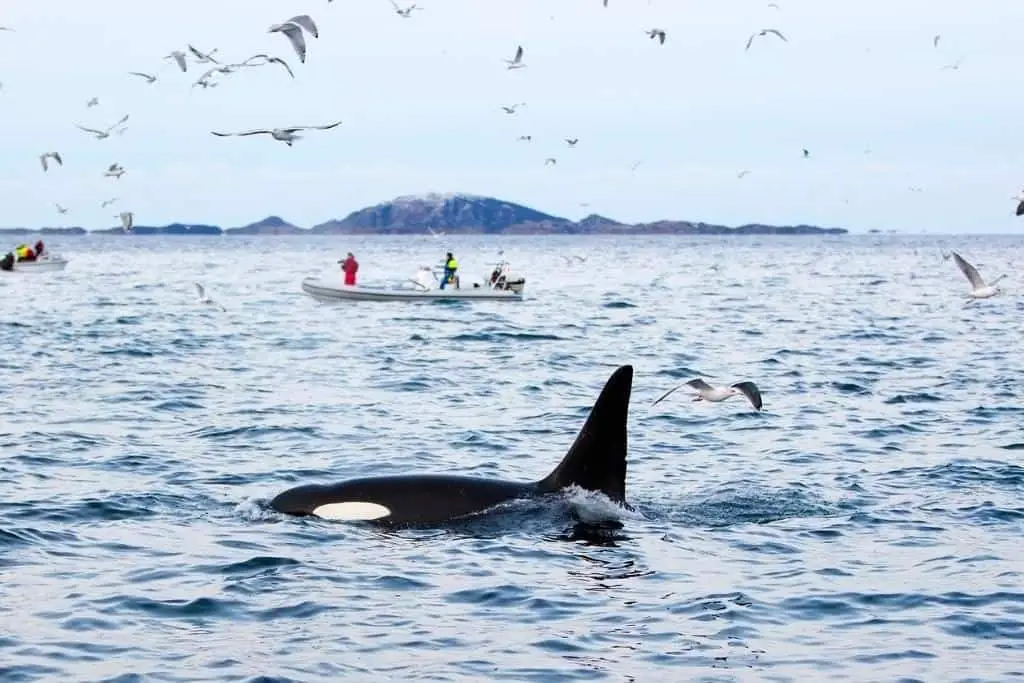
Orcas can eat just about anything they want.
In the wild, orcas primarily feed on fish, squid, and marine mammals such as seals and whales. Their diet is highly variable and depends mainly on what prey is available in their local environment.
Orcas are known to eat more than 140 different types of prey. However, their most common food items are fish, squid, and marine mammals.
Orcas hunt using various methods, including chasing down prey, ambush hunting, and working together as a group to herd prey into a small area.
While orcas can take down large prey, they will also eat smaller fish and invertebrates.
- The vast majority of their diet (up to 85%) comprises small fish.
- Squid is also a common food item, making up around 15% of their diet in some areas.
- Marine mammals, such as seals, and whales, make up a relatively small portion of the orca’s diet (less than 1%).
However, they are known to hunt and kill these animals on occasion.
While the orca’s diet is primarily composed of fish, squid, and marine mammals, they have also been known to eat birds, turtles, and even land animals such as deer and moose.
Are orcas aggressive to humans?
In most cases, orcas only attack humans when they feel threatened.
For example, if a human swims too close to a calf, the mother orca may attack to protect her baby.
Orcas in captivity have been known to lash out at their trainers. It could be due to the stress of living in an unnatural environment and being forced to perform tricks for food.
However, there are also reports of orcas behaving aggressively in the wild.
In one case, an orca killed a Great White Shark by flipping it out of the water and onto the shore. While this behavior is rare, it shows that orcas are capable of aggression when they feel necessary.
Do whales Eat Orcas?
It’s a question that has long perplexed marine biologists, but the answer is actually quite simple: no, whales do not eat orcas. Orcas are a type of dolphin, and dolphins are not on the whale’s menu.
In fact, there is minimal overlap in the diets of these two marine mammals. Whales are filter feeders, meaning they strain large quantities of water through their teeth to capture small prey items like krill and plankton.
By contrast, orcas are predators and primarily eat fish. So while there may be some competition between these two groups for food resources, it’s safe to say that orcas are not on the menu for whales.
Why are Orcas called Killer Whales?
The name was first given to them by ancient sailors, who saw these creatures hunting in packs and striking fear into the hearts of their prey. The sailors called them “killer whales” because they were often seen preying on these more giant whales.
Orcas are incredibly intelligent and have been known to work together to hunt down large prey, such as sharks and seals.
In the wild, orcas typically travel in family groups and use their impressive hunting skills to cooperatively capture prey. So while they may be fearsome predators, orcas are also social animals with a close bond to their families.
This combination of strength and gentleness makes them one of the most fascinating creatures in the ocean.
Why is an orca not a whale?
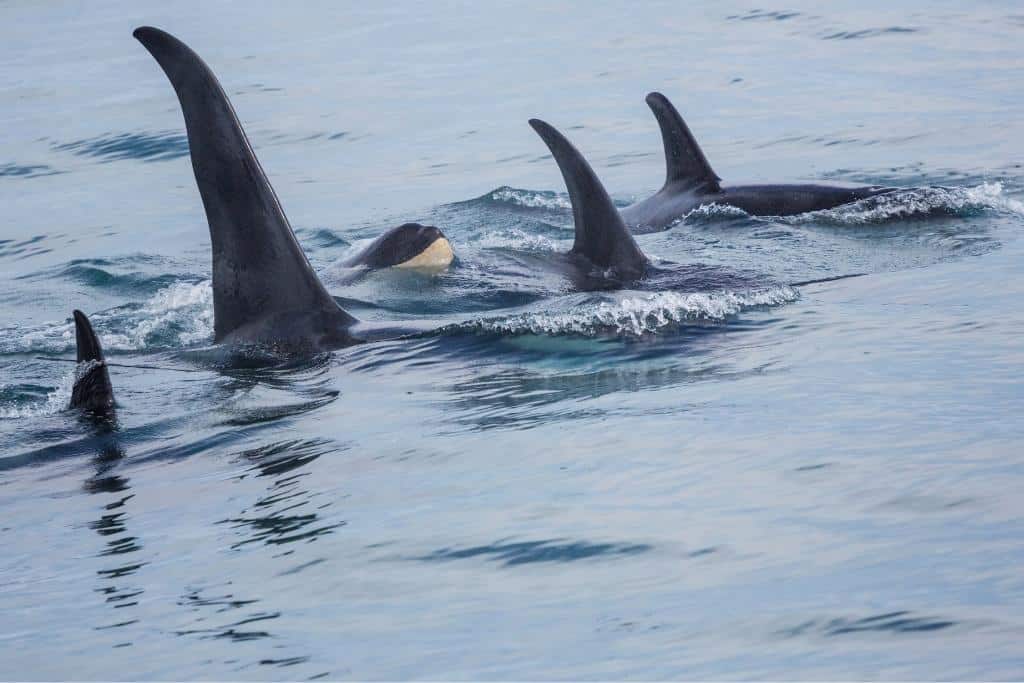
While they are the most prominent member of the dolphin family, they are not actually whales.
- Orcas belong to the Delphinidae family, which includes all marine dolphins.
- On the other hand, whales belong to the family called Physeteridae.
The main difference between orcas and other dolphins is their size.
Orcas can grow up to 32 feet long, while other dolphins generally only reach lengths of about 13 feet and tend to have a more robust build than other dolphin species.
However, orcas and dolphins share physical characteristics, such as sleek bodies, pointed noses, and flippers.
Size is not the only factor determining whether an animal is classified as a whale or a dolphin.
- Orcas are top predators in the ocean. They feed on fish, seals, and even dolphins.
- Dolphins, on the other hand, are much smaller animals. They mainly eat fish, squid, and jellyfish.
Like orcas, dolphins are very social creatures. They live in pods of up to 30 individuals and communicate using a complex system of vocalizations.
Resources:
